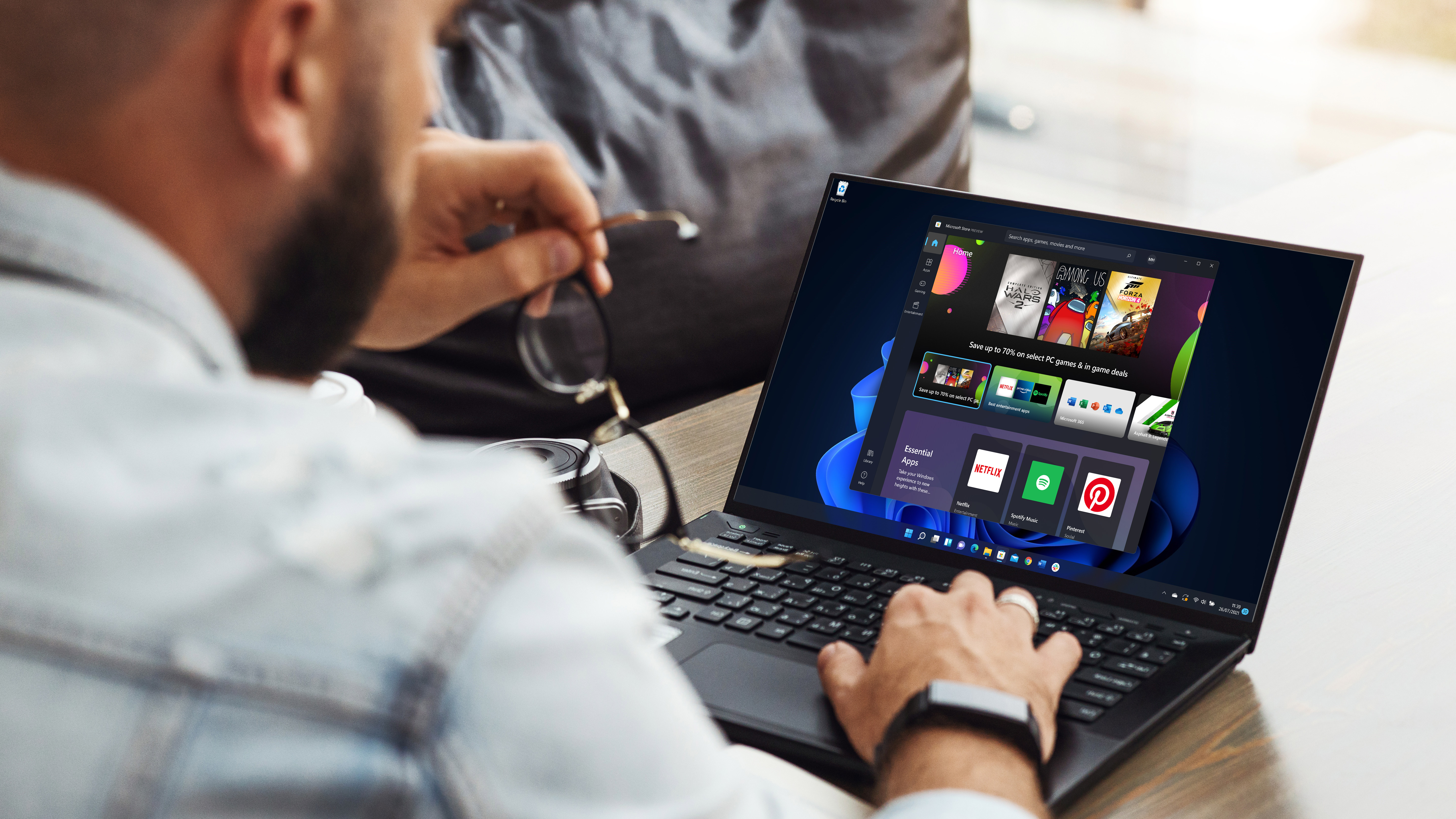Windows 11 to continue with updates for unsupported PCs – for the time being
Testers will continue to get cumulative updates, but not new preview builds

We saw yesterday that Microsoft is telling Windows 11 testers whose PCs don’t meet the minimum spec for the OS, who despite that were happily running preview builds thus far, that they now have to go back to using Windows 10 – causing some confusion about perceived promises in the past, and a clarification to be issued by the software giant on updates.
This comes off the back of Microsoft recently (last week) making it clear that there would be no budging on the minimum CPU spec, which requires a second-gen Ryzen processor or at least an 8th-gen Intel chip.
- Windows 11 features and everything you need to know
- We show you how to uninstall a Windows 10 update
- And here's how to speed up Windows 10
As we reported yesterday, testers with PCs that fall below the now confirmed minimum requirements for Windows 11 are receiving a message via Windows Update informing them that their device is not eligible for the Windows Insider (preview build testing) Program on Windows 11, and that they should now revert to testing Windows 10.
This led to an outbreak of arguing that Microsoft had previously promised testers would be able to run preview builds until the general release of Windows 11, and Brandon LeBlanc stepping in to tweet a clarification, as Windows Latest spotted.
The PCs given an exception will no longer receive any new future Insider Preview builds from the Dev Channel but will still get Cumulative Updates for Windows 11 leading up to GA. As I said, there is a distinction between *new builds* here.September 1, 2021
As LeBlanc explains, those who remain testing Windows 11 on an unsupported PC will no longer get full new preview builds in the Dev Channel, but will still receive cumulative updates (with tweaks and security fixes) right up to general availability (while staying put in terms of actual build updates).
We already know that those who stay on Windows 11 on an ineligible device after the general release of the OS (on October 5) – or folks who install it via an ISO as a workaround, rather than using Windows Update – won’t get updates on those unsupported PCs, leaving them very much in the lurch for the likes of vital security fixes.
Analysis: End of the road now firmly in sight
So, now those trying out Windows 11 in preview on unsupported computers now know that they’ve reached the end of the road in terms of the builds they’ll receive, but at least can take comfort in the fact that cumulative updates will continue to be piped through to their systems until general availability.
Get daily insight, inspiration and deals in your inbox
Sign up for breaking news, reviews, opinion, top tech deals, and more.
What we still don’t know is what’ll happen to these systems when general availability hits on October 5, if they have remained running Windows 11. Could there be some kind of forced downgrade process? Or perhaps just a simple cessation of all updates complete with big warnings plastered about the place.
Whatever the case, you’ll doubtless need to take action at that point, and as Windows 11 goes live with its phased rollout in October – remember, only a limited number of compatible PCs will get the OS to begin with – you’ll have a decision to make. Either stick with Windows 10 (or indeed go back to it) through to 2025, which is when support runs out, or upgrade your device – or buy a new one – to meet the requirements for Windows 11. At least the software upgrade itself to Windows 11 is free, of course.
- These are the best laptops of 2021
Darren is a freelancer writing news and features for TechRadar (and occasionally T3) across a broad range of computing topics including CPUs, GPUs, various other hardware, VPNs, antivirus and more. He has written about tech for the best part of three decades, and writes books in his spare time (his debut novel - 'I Know What You Did Last Supper' - was published by Hachette UK in 2013).